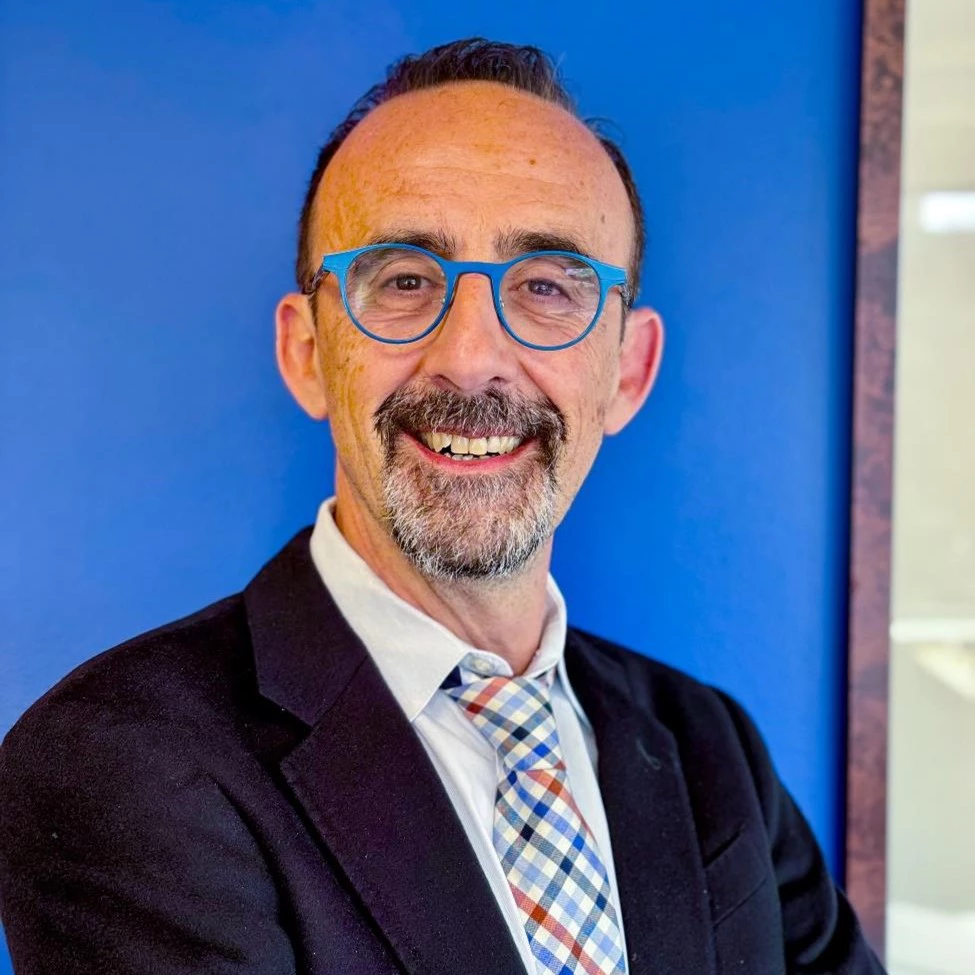 An inclusive education system ensures that all learners can access, participate in, and achieve quality learning. Copyright: Shutterstock
An inclusive education system ensures that all learners can access, participate in, and achieve quality learning. Copyright: Shutterstock
International Day of Persons with Disabilities offers an ideal moment to assess the progress that has been made in achieving inclusive education systems for all learners, including learners with disabilities.
The record remains decidedly mixed: Despite considerable progress worldwide to strengthen access to education and the quality of education, many of the most vulnerable and marginalized learners are still left behind. Critical shifts must take place to achieve inclusive education for all learners, including learners with disabilities, as guided by the United Nations’ Sustainable Development Goal 4 and the Convention on the Rights of Persons with Disabilities.
Learners most at risk of not accessing school or quality learning opportunities include children and youth from poor, rural, or remote communities; girls; sexual-orientation and gender-identity (SOGI) minority groups; ethnic or racial minorities; indigenous groups; migrants; displaced or refugee learners; and learners with disabilities.
Students with disabilities are less likely to be in school
Among these groups, persons with disabilities have traditionally been among the most vulnerable and marginalized populations. Learners with disabilities make up an estimated 15% of the out-of-school population; and learners with sensory, physical, or learning disabilities are 2.5 times more likely to have never been in school than their peers without disabilities. Disparities in school participation are greater for children and adolescents with multiple or severe disabilities.
Children with disabilities can be further marginalized due to their gender or living in poverty. Girls with disabilities are often less likely than boys with disabilities to access education and training opportunities. Furthermore, gender and disability can intersect with variables, such as poverty and living in rural places, creating multiple levels of disadvantages and educational inequalities for children with disabilities.
Strengthening disability inclusion
Persons with disabilities are one of the most invisible groups, and a lack of robust data on the prevalence and needs of learners with disabilities hinders policy design and implementation. Since 2015, 41% of countries representing 13% of the global population have not had a publicly available household survey that provides disability-disaggregated data on key education indicators. A survey of ministries of education across 149 countries found that only a third of governments had taken measures to support learners with disabilities during the COVID-19 pandemic.
As part of the global effort to strengthen disability inclusion in education, the World Bank has committed to ensuring that all its investment project financing in education will be disability-inclusive by 2025. With this effort, the World Bank supports partner countries in building more inclusive education systems, the first of its 10 Commitments on Disability Inclusion announced at the Global Disability Summit in 2018. A Guidance Note intended to be used along with the World Bank’s Inclusive Education Resource Guide outlines four criteria for disability inclusion in education.
Inclusion of all as a priority and diversity as a strength (versus a problem) are key principles of the Bank’s Education Global Practice. In an inclusive education system, all learners can access, participate in, and achieve quality learning. Inclusion is a process, and over time, the system can gain maturity in providing adequate support for all learners. Inclusion is not an add-on or a “nice to have,” but an integral, cross-cutting part of our strategy to ensure a meaningful learning experience for all.
However, the capacity to formulate and implement sound inclusive education policy as part of regular education policy discussions is widely recognized as a major constraint to implementing equitable and sustainable change. The challenges are amplified as education systems struggle with unprecedented crises and disruptions, severe learning loss, and increased inequalities.
Designing inclusive policies
Too often, much of the analytical and policy literature focuses on the “what” of policies and less so on the “how-to” details of inclusive education policy design and implementation. It is thus more important than ever that front-line ministry officials, education specialists, practitioners, and other stakeholders have access to learning opportunities on effective inclusive education policy and innovations.
To strengthen disability inclusion in education and provide accessible, engaging, and relevant training and learning programs for inclusive education policy design and implementation, the World Bank has introduced Inclusive Education Policy Academy (IEPA) as part of its Education Policy Academies.
The Inclusive Education Policy Academy curates and packages the latest cutting-edge knowledge to guide the design and implementation of evidence-based inclusive education policy into structured learning programs. The Academy seeks to strengthen the existing community of practice at the country level, as well as collaboration and networking among various stakeholders.
For example, these academies have been successfully implemented for Rwanda, Ethiopia, The Gambia, and Zambia from 2021 to 2023. The academy designed tailor-made courses to meet the most critical training needs of these countries. Participants included representatives from the ministries of education and other line ministries such as the Ministry of Health, academia, organizations of persons with disabilities, other civil society organizations, and the private sector. The chosen themes focused on the identification and referral of learners with disabilities, inclusive teacher education and training, inclusive curriculum, assessment, teaching and learning materials, educational technology, inclusive school leadership, and inspection practices.
The next rounds of Inclusive Education Policy Academy will be delivered for new cohorts in 2024. Stay tuned for more information.
How can we strengthen disability inclusion even more? We look forward to hearing your thoughts in the comments below.
To receive weekly articles, sign-up here



Join the Conversation